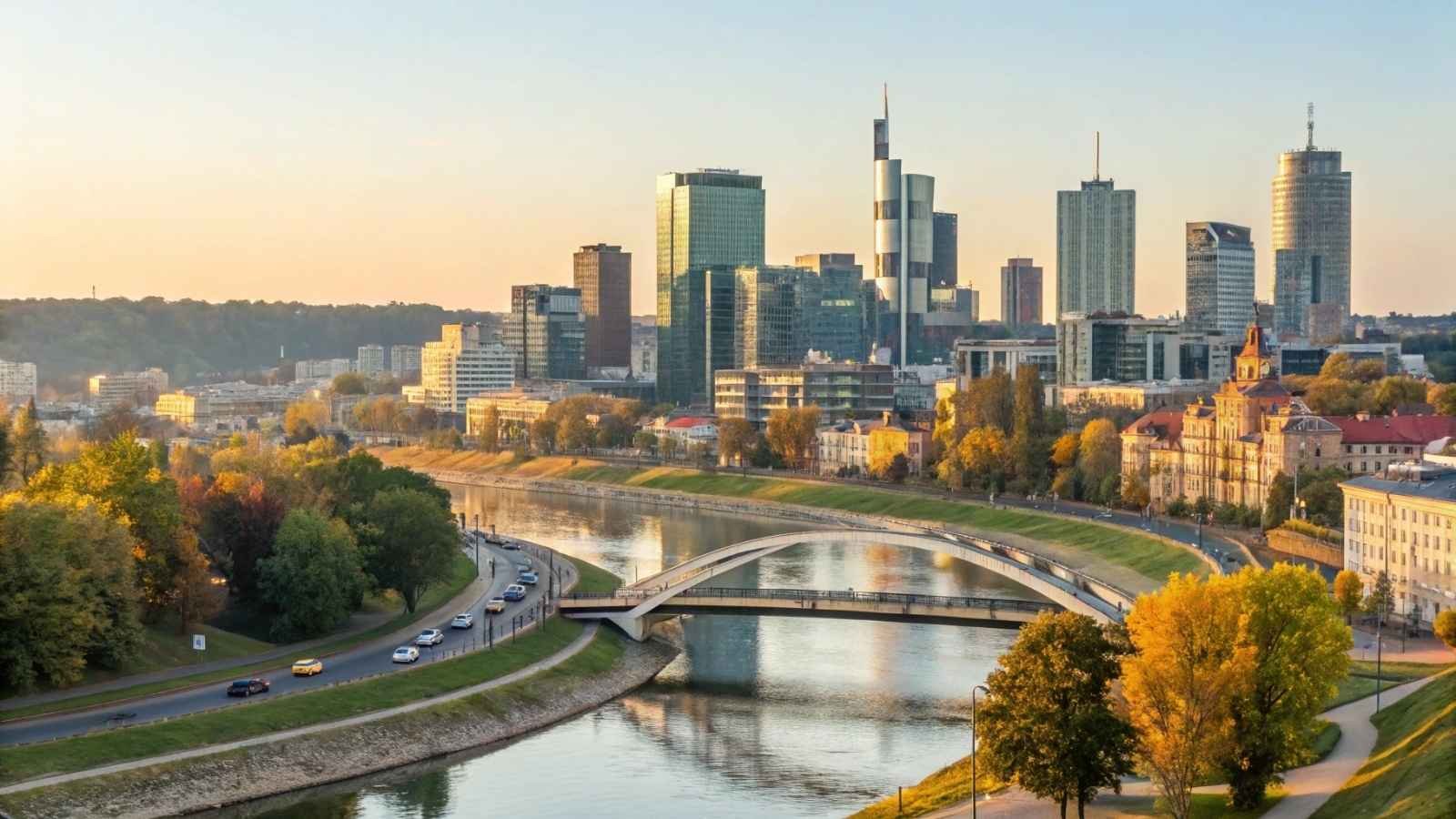
Passport prices might be rising, but Europe doesn’t have to be a dream for “someday.” There’s a whole other side of the continent — affordable, unpolished, and wildly full of life — where $300 can stretch further than you’d think.
It’s where your morning coffee still costs a coin, history hides behind every street corner, and the nights feel endless with music and laughter.
These aren’t the postcard cities everyone flocks to; they’re the ones quietly thriving in their own rhythm. If you’ve been craving Europe without the crowds or the cost, this playbook might just change your travel plans.
1. Porto, Portugal
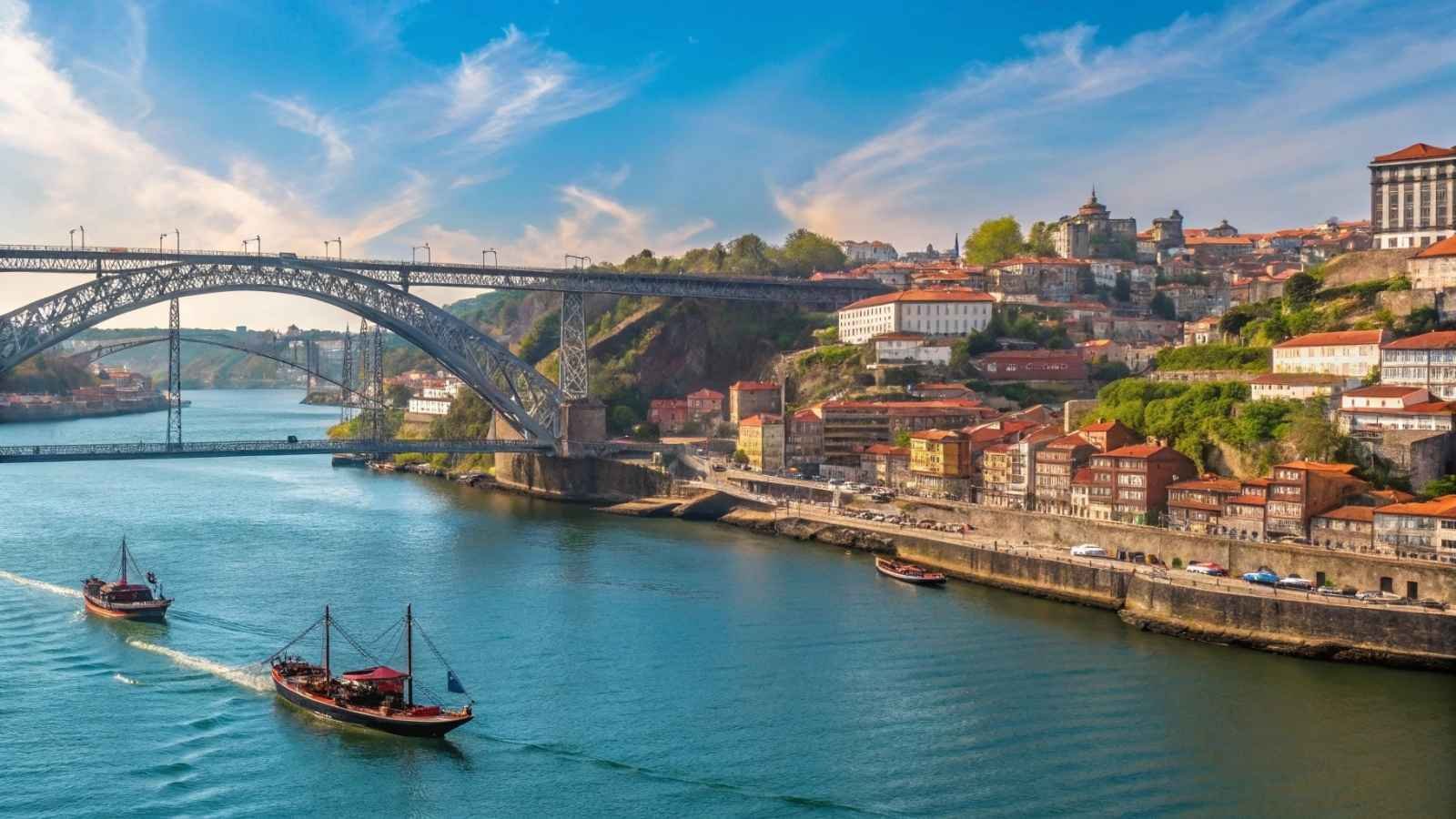
Porto has this effortless charm that makes you wonder how it’s still affordable. With its blue-tiled facades, lazy Douro River views, and soul-warming port wine, it’s a city that feels both historic and easygoing at once. You can spend a morning strolling cobblestone streets, grab a €2 espresso with a pastel de nata, and still have change left over for a sunset boat ride. It’s slower-paced than Lisbon but just as culturally rich — and far cheaper.
What sets Porto apart for budget travelers is its walkability and authenticity. Locals actually live downtown, which keeps restaurants real and prices sane. A plate of bacalhau (salted cod) with wine rarely costs more than $10–12, and guesthouses tucked into centuries-old buildings often rent under $40 a night.
Beyond its beauty, Porto gives travelers a sense of Europe that feels untouched by mass tourism. You’ll find artists in alleys, laundry hanging from balconies, and a friendliness that’s quietly disarming. For anyone chasing value without losing atmosphere, Porto is the gold standard.
Quick Facts:
- Best months to visit: April–June, September–October
- Average daily budget: $40–60
- Getting there: Fly into Francisco Sá Carneiro Airport (often under $300 round-trip from the East Coast US)
- Don’t miss: Livraria Lello, Ribeira District, Foz do Douro sunsets
- Pro tip: Take a €3 train to Vila Nova de Gaia for wine tastings with river views
2. Kraków, Poland
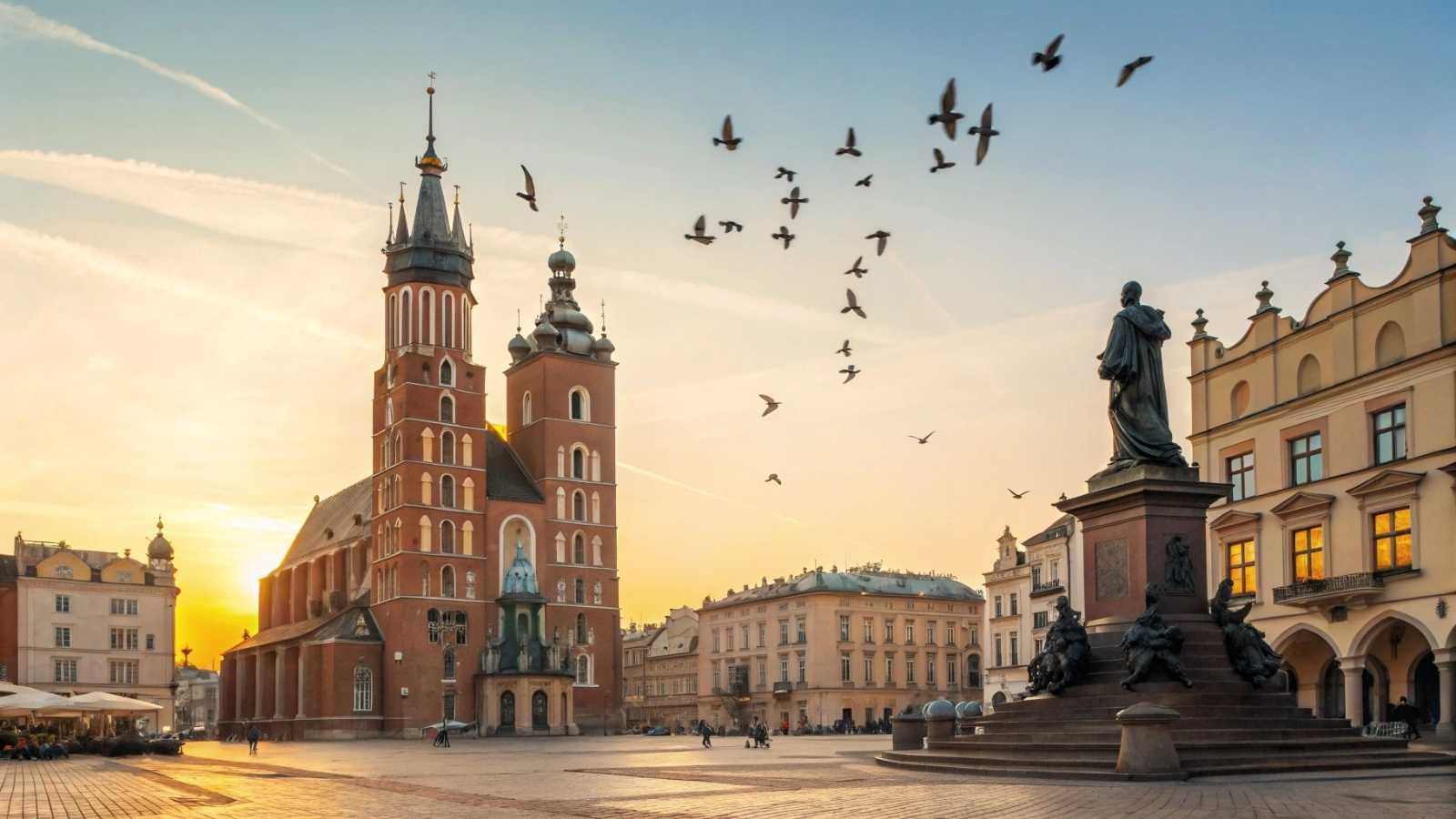
Kraków is the kind of city that hooks you slowly. At first glance, it’s the postcard-perfect Old Town, all medieval spires and horse-drawn carriages. But give it a day, and you start noticing its rhythm — jazz bars tucked in basements, university courtyards buzzing with life, and café tables overflowing with pierogi and beer for less than $2.
It’s a UNESCO-listed treasure, yet one of Europe’s most affordable city breaks. You can sleep well, eat better, and still come in under budget without trying. What makes Kraków even more remarkable is how it balances deep history with lighthearted energy. Walk the former Jewish Quarter, Kazimierz, and you’ll see a creative revival where somber stories coexist with modern art and street food pop-ups.
Kraków rewards slow travelers — those who linger in squares, talk to locals, or explore its network of cellar bars. It’s a city that costs little but gives a lot, both culturally and emotionally.
Quick Facts:
- Best months to visit: May–September
- Average daily budget: $35–55
- Getting there: Fly into John Paul II International Airport
- Don’t miss: Wawel Castle, Kazimierz District, Oskar Schindler’s Factory
- Pro tip: Day-trip to the Wieliczka Salt Mine — it’s bizarre and brilliant
3. Bucharest, Romania
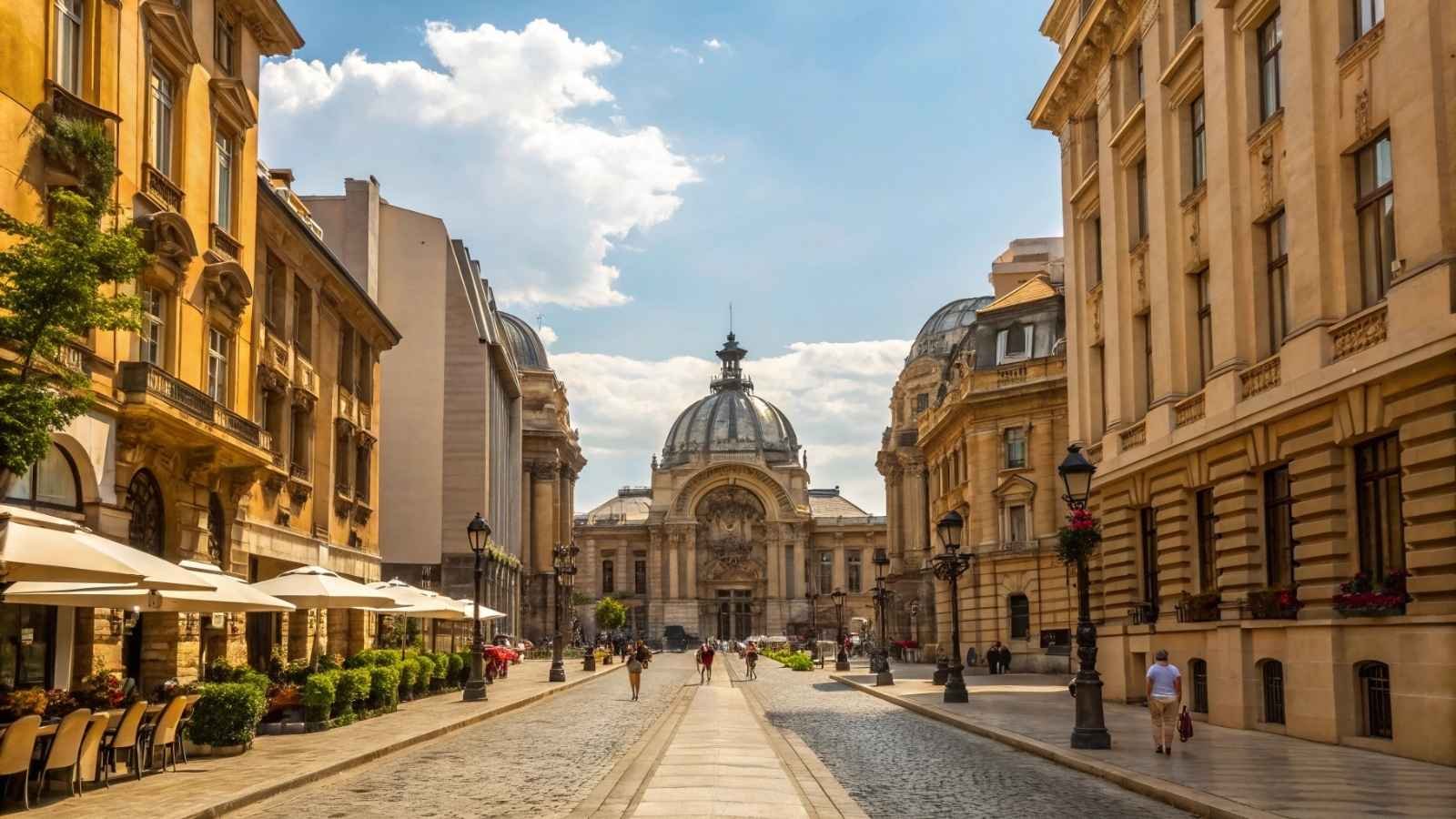
Bucharest has been quietly redefining itself, shaking off the clichés of its communist past to become one of Europe’s most underrated capitals. At first glance, it’s a city of contrasts — grand Belle Époque architecture beside brutalist concrete, new cafés blooming in old courtyards. But that’s exactly its appeal. Bucharest feels raw, creative, and real in a way polished cities often don’t.
The city’s café culture rivals any Western capital, yet prices remain refreshingly low. You can enjoy a flat white and a pastry for about $3, then hop on a tram to explore sprawling parks or hidden art spaces. The Old Town (Lipscani) is buzzing at night — live music, rooftop bars, and a level of energy that surprises most visitors.
Bucharest also makes a great springboard into Transylvania, where castles, mountains, and medieval towns are a train ride away. For travelers who like depth and discovery, it’s a city that keeps unfolding layer by layer.
Quick Facts:
- Best months to visit: April–June, September–October
- Average daily budget: $40–55
- Getting there: Fly into Henri Coandă International Airport
- Don’t miss: Palace of Parliament, Herăstrău Park, Stavropoleos Monastery
- Pro tip: Take a cheap bus to Brașov — it’s storybook Romania for under $10
4. Vilnius, Lithuania
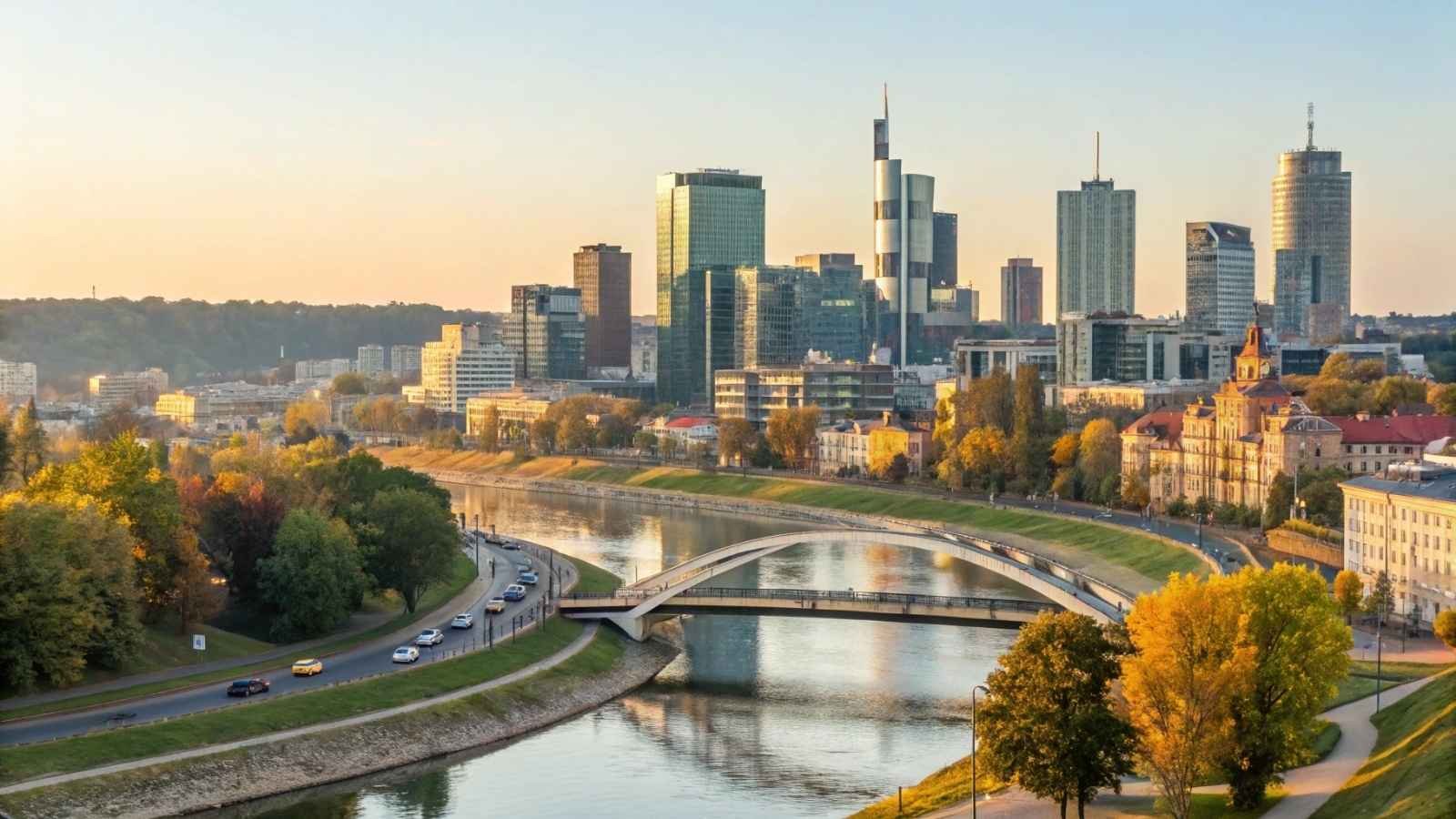
Vilnius is often left off travel lists, which is exactly why it belongs on yours. This Baltic capital has an easygoing warmth that feels instantly welcoming — small enough to explore in a weekend, yet layered with history and creativity. Think baroque architecture, bohemian cafés, and forested riverbanks, all within walking distance.
The city’s prices are quietly astonishing. Hostels and guesthouses go for less than $30 a night, hearty Lithuanian meals average around $7, and public transport rarely costs more than a few coins. But it’s not just cheap — it’s charming without trying too hard. Locals bike everywhere, conversations flow over honey beer, and every street seems to end with a view.
Vilnius is also emerging as a creative hub, home to artists and tech startups who’ve brought fresh life into its cobbled core. The vibe is young, clever, and confident — proof that affordability doesn’t mean dull.
Quick Facts:
- Best months to visit: May–September
- Average daily budget: $35–50
- Getting there: Fly into Vilnius International Airport
- Don’t miss: Užupis (the city’s quirky “republic”), Gediminas Tower, Bernardine Gardens
- Pro tip: Take the hilltop walk at sunset — the city skyline glows gold
5. Bratislava, Slovakia
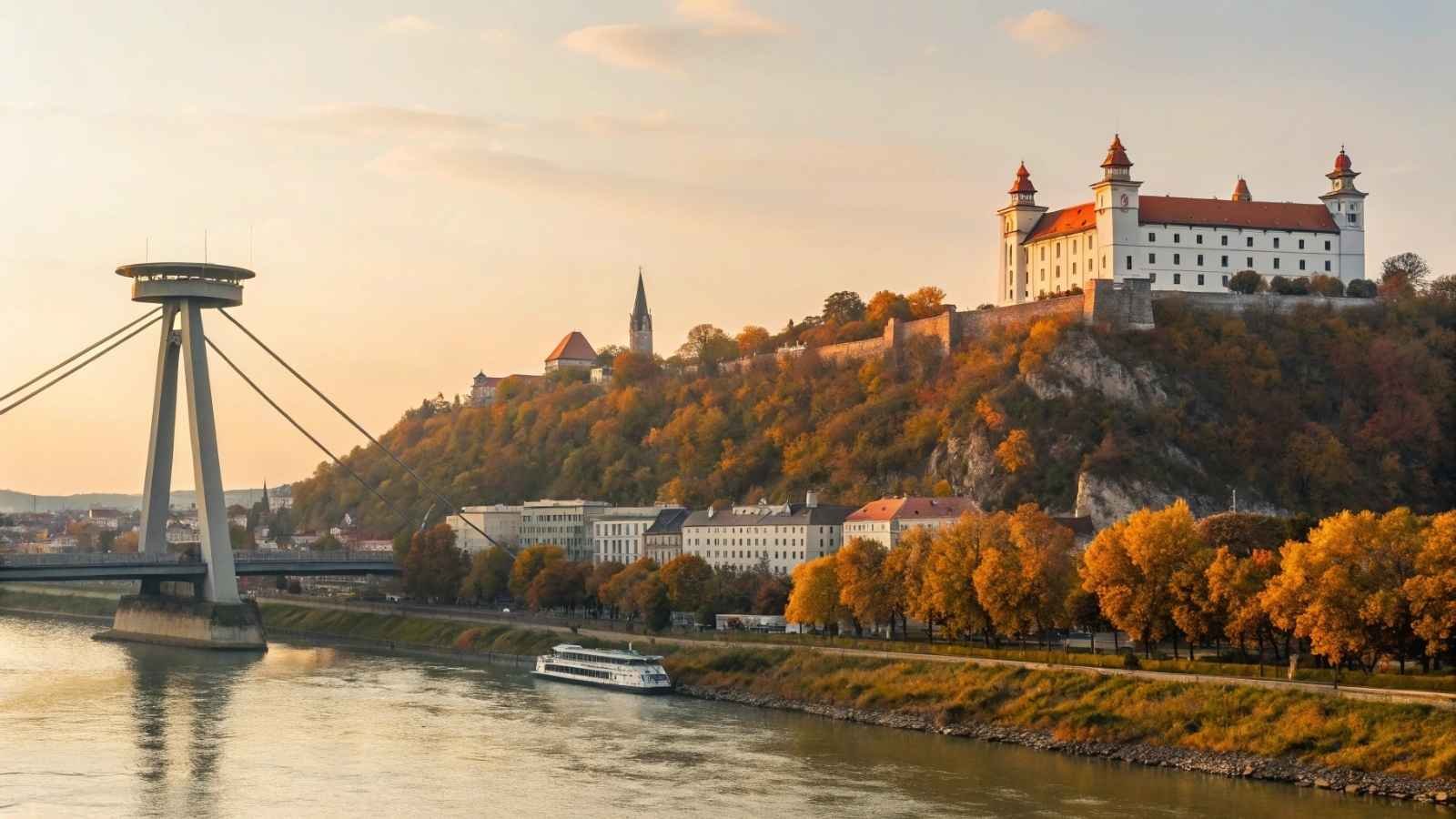
Bratislava may be wedged between Vienna and Budapest, but it’s not trying to compete — and that’s its strength. Compact, uncrowded, and refreshingly down-to-earth, this riverside capital feels more like a friendly town than a big city. It’s where locals actually know the barista by name, and travelers still find European charm on a shoestring.
You can walk across the entire Old Town in ten minutes, but the pleasure is in taking your time — wandering past pastel buildings, riverside promenades, and castles peeking from the hills. Meals here are hearty and cheap, wine is local and lovely, and day trips to Austria or Hungary are just an hour away by train.
Bratislava’s biggest surprise is how effortlessly it blends old-world serenity with youthful energy. With students, artists, and laid-back locals filling its cafés, it’s the kind of place where you stay longer than planned — and spend far less than you’d expect.
Quick Facts:
- Best months to visit: April–June, September
- Average daily budget: $40–60
- Getting there: Fly into Bratislava Airport or take a 1-hour bus from Vienna
- Don’t miss: Bratislava Castle, Blue Church, Danube promenade
- Pro tip: Cross the UFO Bridge for a coffee with panoramic city views
6. Sofia, Bulgaria
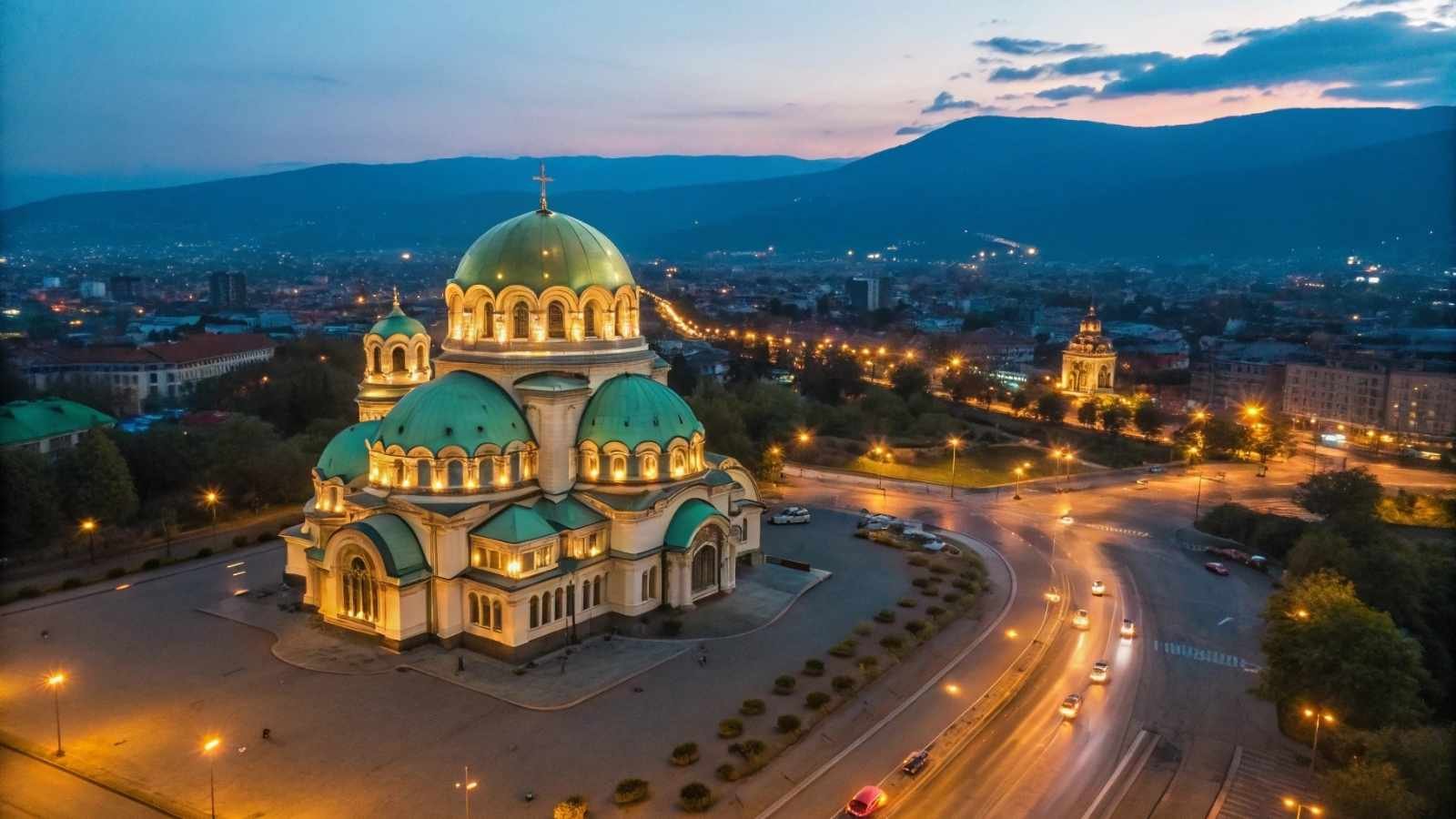
Sofia is one of those cities that doesn’t try to impress — yet it somehow does. At the base of snow-capped Vitosha Mountain, Bulgaria’s capital blends Roman ruins, Ottoman mosques, and Soviet architecture into a patchwork that feels wonderfully chaotic but full of heart. And here’s the real kicker — your dollar stretches further here than almost anywhere in Europe.
Cafés overflow with locals sipping espresso for less than a dollar, while three-course meals rarely top $10. The city’s metro connects major attractions in minutes, and you can hop a 30-minute bus to reach hiking trails that overlook the skyline. Few capitals offer that kind of balance between urban energy and outdoor escape.
Sofia’s charm lies in its unpretentious personality — it’s easygoing, welcoming, and genuinely affordable. For travelers looking to live like locals rather than tourists, it’s the kind of place that quietly wins you over day by day.
Quick Facts:
- Best months to visit: May–June, September–October
- Average daily budget: $35–50
- Getting there: Fly into Sofia International Airport
- Don’t miss: Alexander Nevsky Cathedral, Vitosha Mountain hikes, Central Market Hall
- Pro tip: Take a day trip to Rila Monastery — it’s breathtaking and costs under $15 round-trip
7. Riga, Latvia
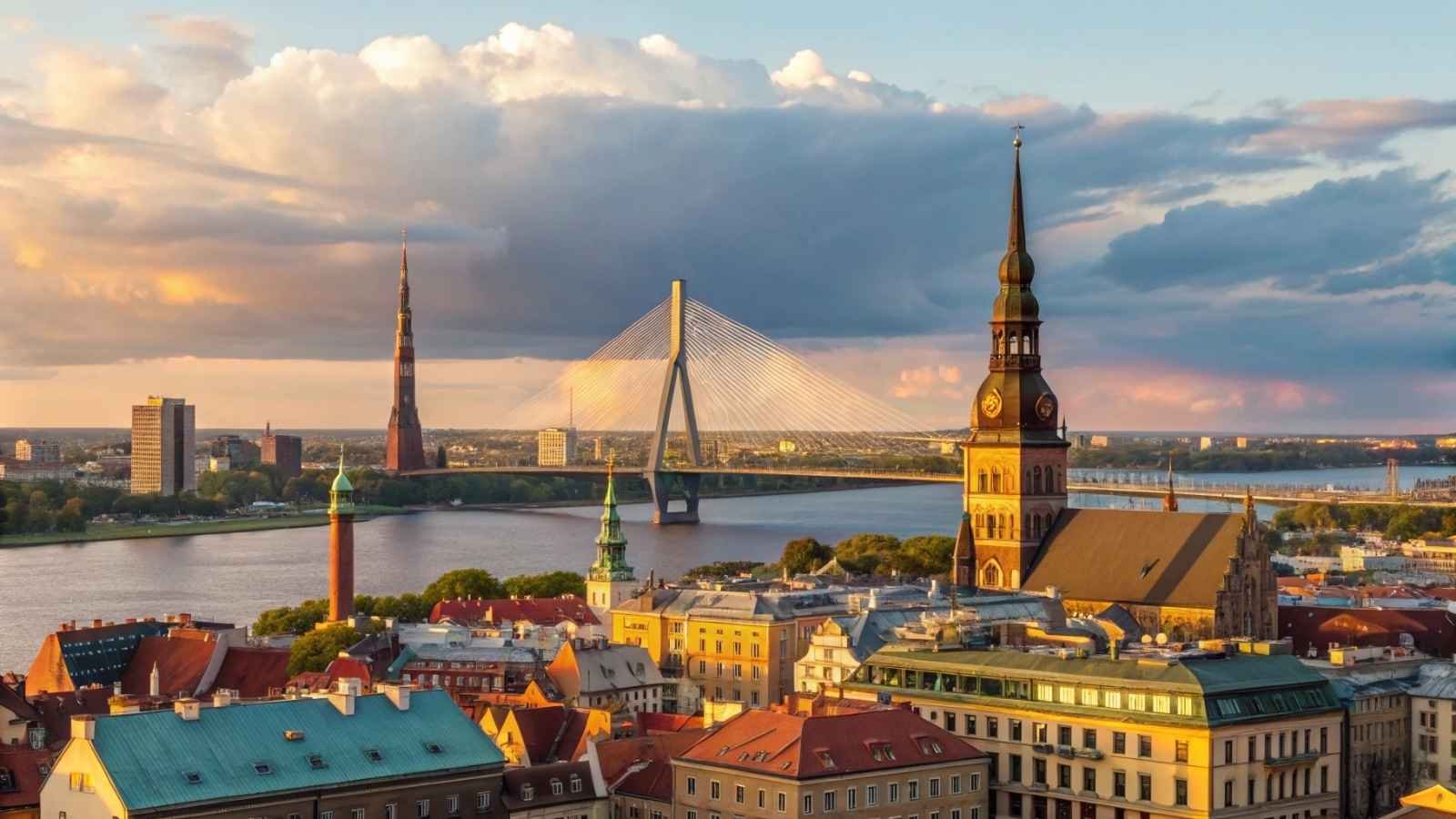
Riga often slips under the radar, but travelers who make the trip are rewarded with a city that feels like a mix of medieval storybook and modern cool. The Art Nouveau buildings alone could fill a photo album, but it’s the city’s youthful vibe — fueled by creative markets, river festivals, and late-night jazz — that really makes it stand out.
Latvia’s capital is perfect for travelers who crave culture without the crowds. Prices are still comfortably low: local beer for a couple of euros, hearty dinners for under $10, and boutique hostels that feel more like design hotels. Add in a stunning old town that’s walkable from end to end, and you’ve got one of Europe’s best-value capitals.
The locals take pride in doing things differently — handmade everything, homegrown food, and a creative streak that gives the city a quietly rebellious feel. Riga isn’t trying to be trendy — it just is.
Quick Facts:
- Best months to visit: June–August
- Average daily budget: $40–55
- Getting there: Fly into Riga International Airport
- Don’t miss: Riga Central Market, St. Peter’s Church Tower, Art Nouveau District
- Pro tip: Try the local black balsam liqueur — it’s strong, herbal, and very Latvian
8. Tirana, Albania
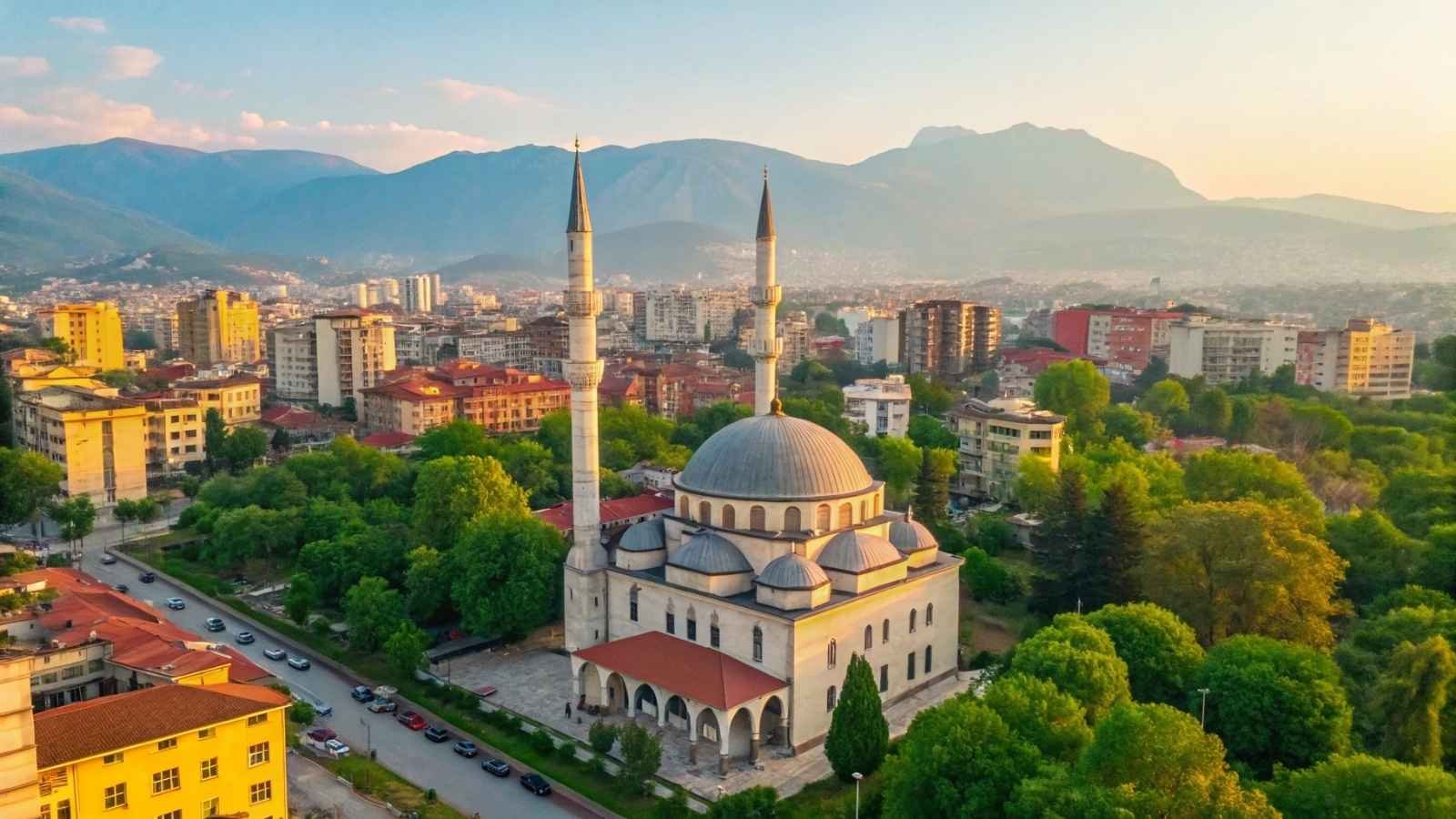
Tirana feels like a secret that’s just starting to leak. The Albanian capital has transformed from gray to vibrantly colorful, with every corner bursting with street art, café life, and bold new energy. It’s a city where you can eat, stay, and explore for half of what you’d pay almost anywhere else in Europe, and still enjoy Mediterranean sun and a lively cultural scene.
What’s most striking about Tirana is its optimism. Locals are eager to share stories of change and growth, and that warmth filters into everything — from family-run guesthouses to tiny bakeries selling byrek for pocket change. The café culture here is phenomenal; you could spend hours sipping coffee under palm trees, surrounded by laughter and life.
For budget-conscious travelers, Tirana is a gateway to the Albanian Riviera, with beaches and mountain villages only a few hours away. It’s still under the radar, which makes now the perfect time to visit.
Quick Facts:
- Best months to visit: April–June, September–October
- Average daily budget: $30–45
- Getting there: Fly into Tirana International Airport (Mother Teresa)
- Don’t miss: Skanderbeg Square, Blloku District cafés, Mount Dajti cable car
- Pro tip: Buses to coastal towns like Durrës or Vlorë cost under $10
9. Sarajevo, Bosnia and Herzegovina
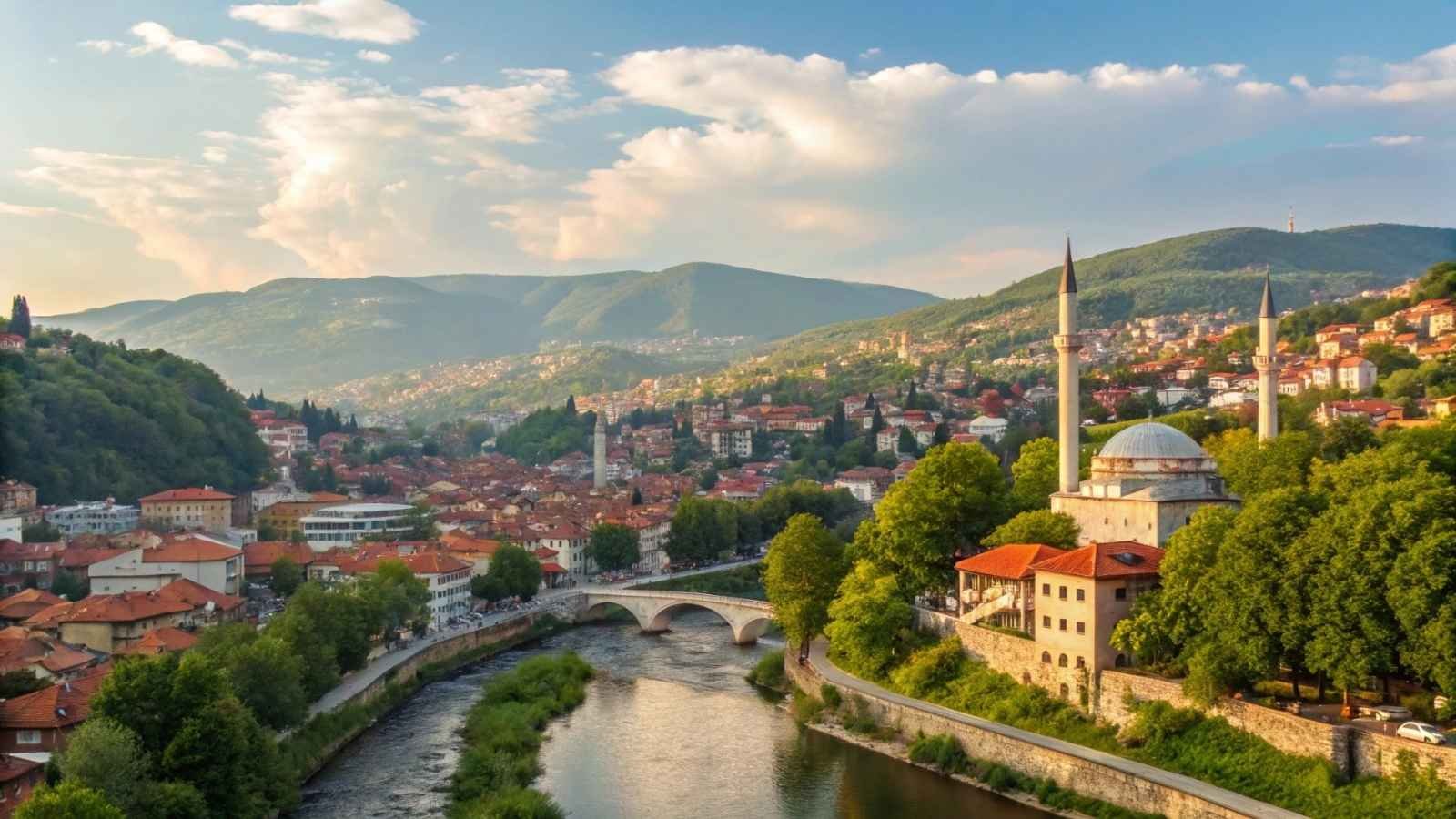
Sarajevo feels like nowhere else in Europe — a city layered with stories, resilience, and beauty born from hardship. Its streets still carry echoes of Ottoman, Austro-Hungarian, and Yugoslav influences, creating a blend of cultures that’s as rich as its coffee. Walking through its old bazaar, you’ll catch the scent of grilled ćevapi and hear the call to prayer mingling with church bells — a harmony that defines this city’s soul.
Sarajevo is not about luxury; it’s about connection and authenticity. Meals are generous and affordable, people are quick to chat, and every corner tells part of a larger story. It’s one of those rare places that makes you feel something — and not just because it’s inexpensive to explore.
It’s also surrounded by mountains, making it one of Europe’s most scenic capitals. You can ride a cable car from the city center straight to panoramic viewpoints — all for a few euros. Sarajevo is underrated, unforgettable, and beautifully human.
Quick Facts:
- Best months to visit: May–September
- Average daily budget: $35–50
- Getting there: Fly into Sarajevo International Airport
- Don’t miss: Baščaršija Old Bazaar, Latin Bridge, Yellow Fortress
- Pro tip: Try a local coffee ceremony — it’s a ritual, not just a drink






